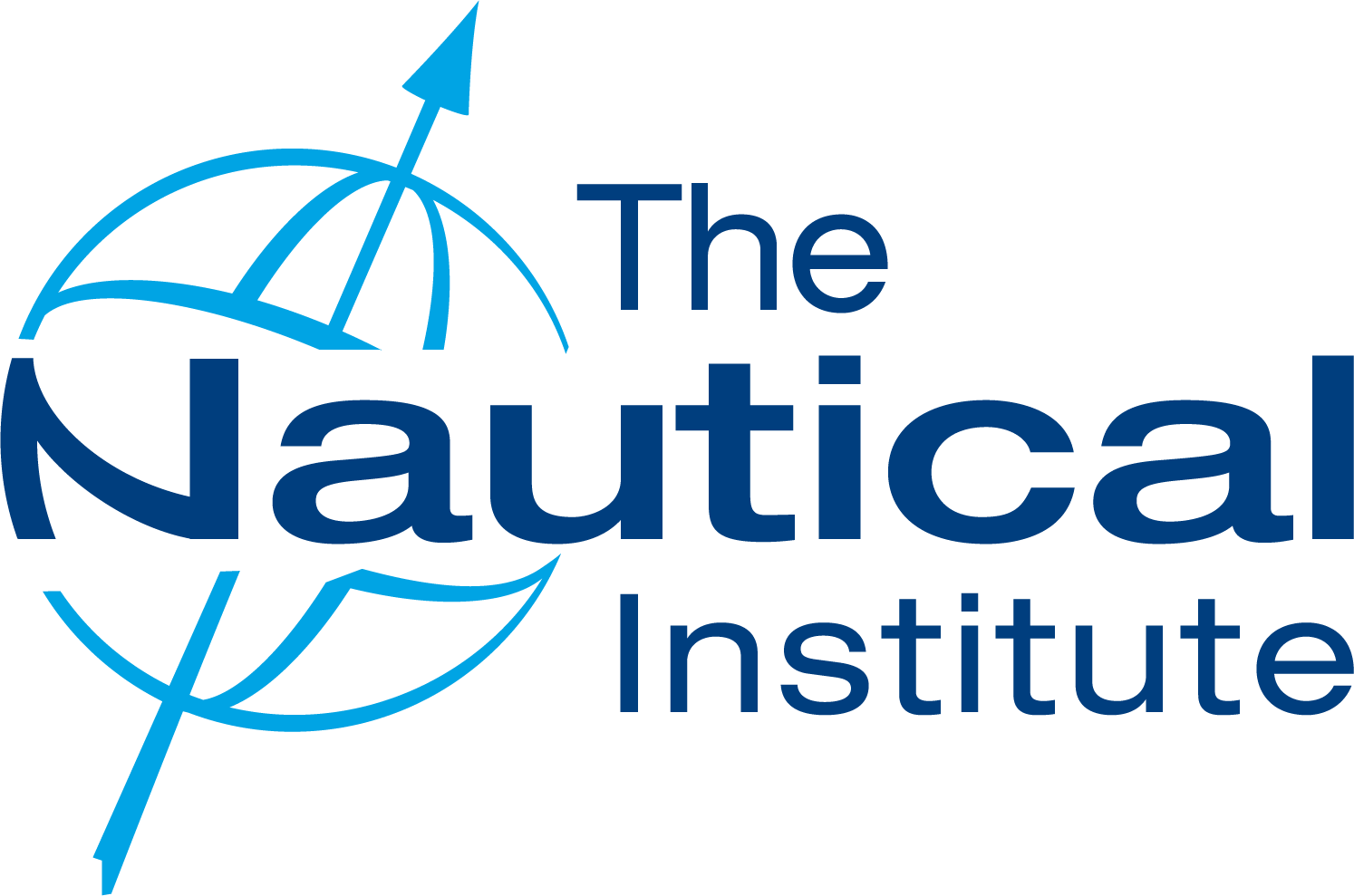98003 Comments on the Star Princess Grounding Report by the NSTB
Comments on the Star Princess Grounding Report by the NSTB
Report No. 98003
The MARS report in the October issue of SEAWAYS gave extracts from the above report which was adopted on June 20th 1997, two years after the incident. This report has left many Master Mariners querying the Conclusion No. 17 which reads "The master did not give the passengers timely notification about the situation, had the passengers needed to evacuate (which they apparently did not - author's words) they would not have been prepared to do so. On the basis of that incriminating and totally uncalled for remark, the Master was crucified.
In addition, the complete version of the report refers on page 11 to the "UNIVERSE EXPLORER" being one of the vessels in the Lynn Canal within 15 miles of the accident. In fact, the "UNIVERSE EXPLORER" was not on the Alaska run in 1995 but first appeared in 1996 to replace the vessel which was actually on the scene, namely "UNIVERSE". On page 14 the report refers to a "Depth" departing Skagway rather the a "Draft". Minor mistakes perhaps, but now I wonder at the following text on page 11 - "The first officer, who was also the deputy stability officer, reported to the wheelhouse immediately after the grounding and determined the STAR PRINCESS's stability using the vessel's on board stability computer with the information provided by the staff captain and the chief engineer. He determined that the vessel was stable and not in danger of sinking. He so advised the master".
The Master had the previous evening written in the Night Order Book at 2030, on June 22nd - "Observe Standing Orders - keep to tracks marked on Charts #17317 - 17316 - 17315 except for safety - carry out rounds as per Fleet Regulations. With two generators running, regulate speed for ETA at 0515. Call me at 0500 or at once if any doubt should arise". The master was awakened by the grounding and was on the bridge within one minute. His orders were quick, clear and concise to his staff and praise is due for that. USCG were notified and, pending results of the assessment of the damage, the off-watch pilot was asked where STAR PRINCESS could be beached, he advised that the water was too deep to do so. As it happened, she was able to proceed to anchorage in Auke Bay about 14 miles SE of Poundstone Rock. The last paragraph now states - "About 0155 (13 minutes after grounding) the master advised the crew on the crew's PA system that the vessel had struck a submerged object, that the situation was not serious, that they should remain calm and ready and listen to further announcements. He instructed them to advise passengers found awake or up and about in the public spaces of the situation. He also had the lifeboats readied (swung out and lowered to the embarkation deck) in case the vessel's stability status should change. The master later testified that because the vessel was stable, he decided not to wake the sleeping passengers to inform them of the situation or have them muster at 'abandon ship' stations as he thought that such action would have unnecessarily alarmed the passengers. On page 40 (after doing his best efforts in assuring that the vessel was safe - again, author's words) the master is castigated for not notifying the sleeping passengers about a situation that did not materialise. It states - "had the initial assessment in this instance been incorrect and the vessel more seriously damaged, the passengers and crew could have been exposed to undue risk". However, the assessment was correct and they were not exposed to any undue risk. Why the crew were mentioned here makes no sense as they were informed as previously reported.
A final comment regarding the survival factors on page 50. The passengers (mostly senior citizens) were issued a questionnaire and asked to provide their observations. They replied - quote - Found the demeanours of fellow passengers "calm", "reassured", "quiet", "surprised" and "disappointed" (that the cruise was concluded) "did not feel in any danger" - unquote. I wonder what they would have written if they had been called out in the middle of the night to muster at boat stations. A final remark by a few passengers who told the NSTB they thought they should have been informed so that they could have sooner gathered their belongings and prepared to disembark. Did they really think that they would have been allowed to take their baggage into the lifeboat? (It reminds me of an incident during WW2 when the Chinese crew were abandoning their ship with their suitcases at the ready. The Bosun signalled for them to hand them into the swung out lifeboat and then immediately threw them over the side). Fellow officers and colleagues of the then master of the STAR PRINCESS shook their heads in disbelief at conclusion No 17 of the NSTB report - and so say all of us.
It is normally a company requirement on passenger vessels that passengers are informed immediately any incident occurs. The re-assurance by the Master that the situation is under control and that passengers are not in danger helps to avoid any panic and speculation about the seriousness of the incident. In fact many companies have pre-recorded audio tapes for this purpose.
